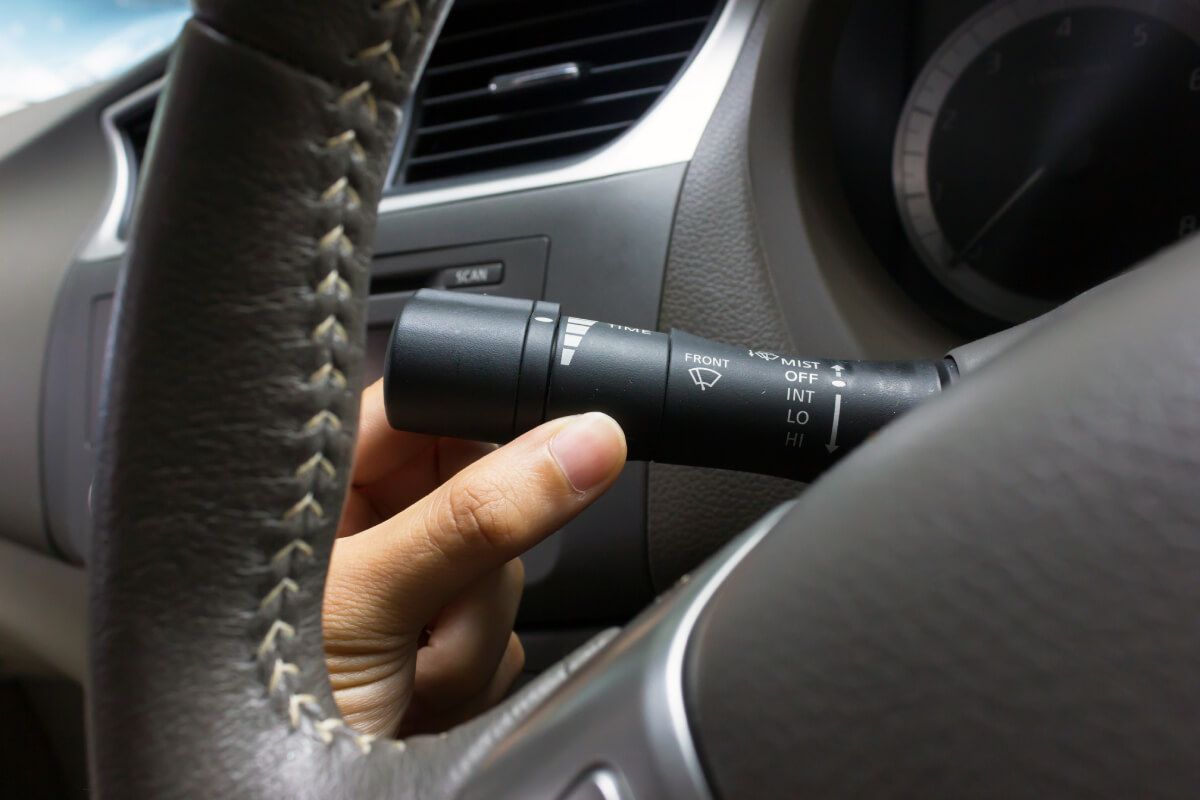How to Stay Safe When Other Car Drivers Don't
Traffic accidents happen every day. Turn on the radio in the morning and you'll hear many reports of accidents across your community. How do you keep safe when so many motorists engage in risky driving behaviors? You can't control what other people do, but you can make yourself safer by using good driving practices. Defensive driving practices can limit your exposure to on-the-road risks. Here are eight safe driving practices to start using today.

#1 Concentrate on the Road
Once you get on the road, you should make driving your primary focus. That may sound too obvious to mention, but distractions are major reasons for countless accidents every day. From people texting and eating to daydreaming, there are too many drivers whose minds are elsewhere while operating a vehicle. You don't want to be one of them.
#2 Anticipate What Other Drivers May Do
While you're not a mind reader, you should stay observant of other drivers to anticipate actions they might take. As you're approaching other vehicles, keep in mind the potential of lane changes, sudden stops or sharp turns. You should also exercise caution even when you don't see an oncoming vehicle. Be careful around blind intersections, hidden driveways and sharp curves where a vehicle may come out of nowhere.
#3 Keep a Safe Distance
Stay a reasonable distance away from other vehicles. Tailgating leads to accidents when traffic slows or stops unexpectedly. If someone is tailgating you, it's often best to move a lane over and let them pass. Their reckless driving may lead to an accident, and you really don't want to be a part of it.
#4 Adjust Driving Habits to Weather and Road Conditions
Just because the speed limit signs say "60 miles per hour," it doesn't mean you should push that limit if the condition of the roads is wet and slippery. When the roads make stopping unpredictable, it's best to use caution and adjust your speed accordingly.
#5 Always Use Turn Signals
Never leave motorists guessing what you plan to do. Being unpredictable to others who are sharing the road is a ticket to disaster. It's a good practice to always use your turn signals, even when no one else is around. That practice gets you in the habit of doing it, reducing the chances of forgetting when it truly counts.
#6 Stay out of Blind Spots
There are certain positions where you'll be out of sight and out of mind to other motorists. Move yourself out of these positions as quickly as you can. You'll never want to be the casualty of a motorist who says: "I didn't see him there."
#7 Stay Calm
If things happen that cause you frustration, such as heavy traffic or a motorist who uses poor judgment, it's best to control your emotions. You might be tempted to react to the source of the frustration, but that usually results in actions that increase your risk.
#8 Avoid Intoxication
Everyone has heard about never driving while under the influence of alcohol or drugs, yet people still engage in this risky behavior. Unfortunately, it significantly raises the risks of you getting hurt. It slows your reaction time, increasing the chances of an accident, even if you feel just a little buzzed.
Stay Safe out There
The decisions you make can greatly lower your risks on the road. While you can't stop others from making poor decisions, you can make sure that you are using best practices to keep yourself safe. Arriving safe and sound to your destination is really what matters most.
